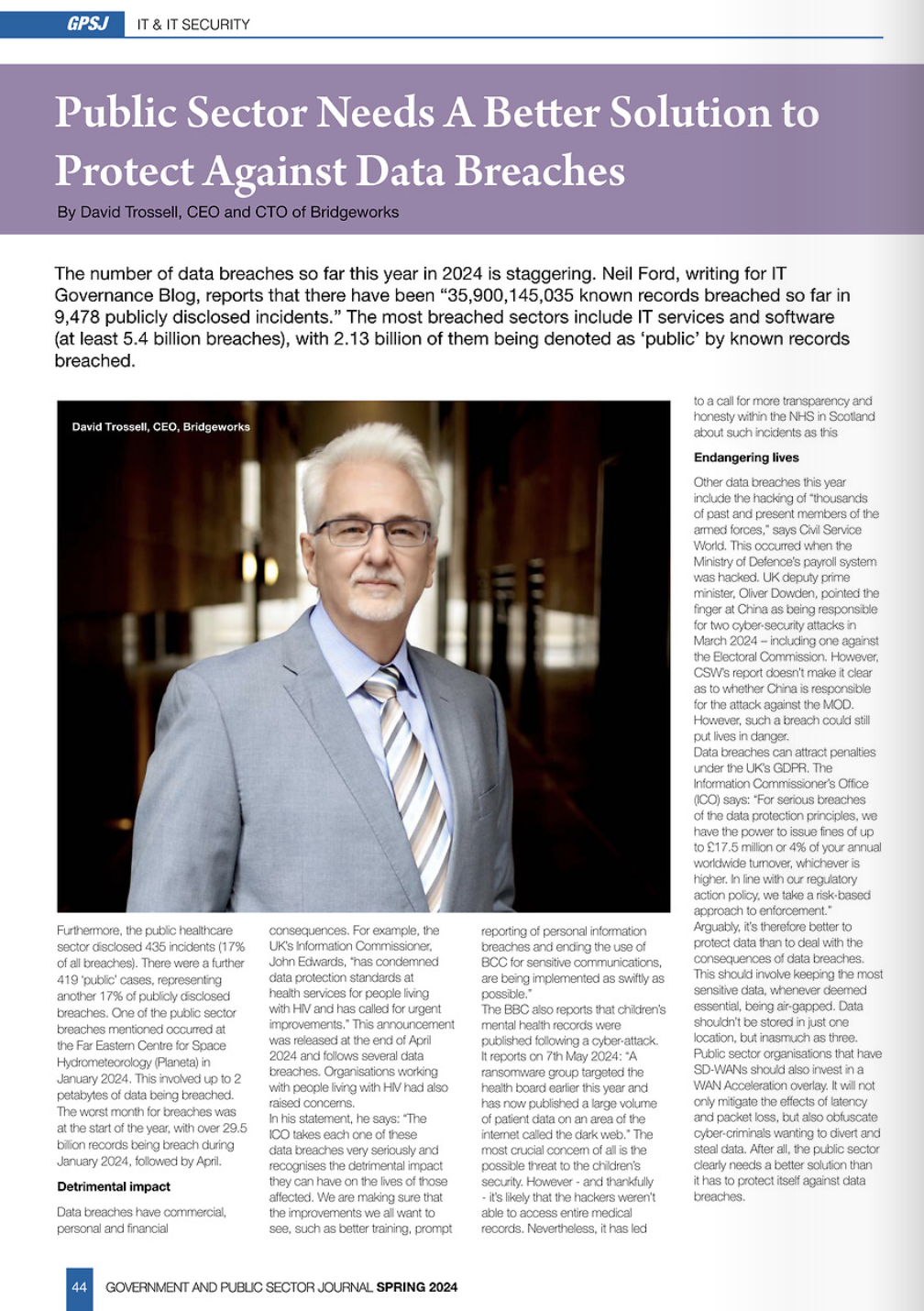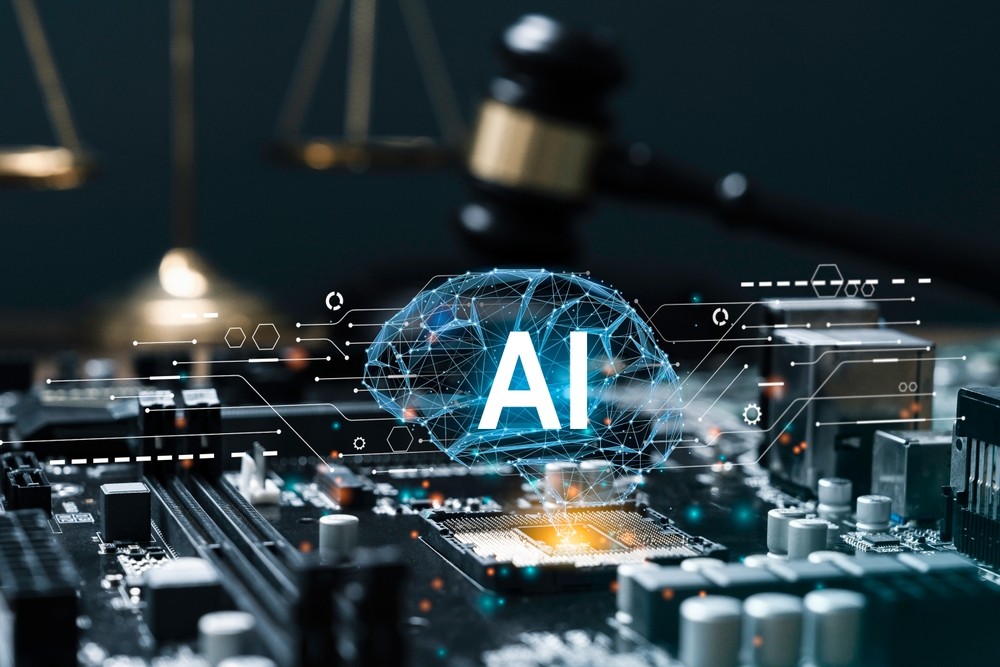Bridgeworks CEO, David Trossell speaks to TU-Auto about the best practices for automotive data transfer and management in the cloud.
![]()
23rd October 2018
The transfer of data is vital to make real-time decisions in connected and autonomous vehicles. To achieve successful data transfer prerequisite there is also a need to identify the best way to process data onboard and when the data is no longer within the vehicle. Before this can be achieved, Edge computing requires as definition – particularly as it has been known to also be called fog computing.
GE Digital’s blog, What is Edge Computing, explains its role: “The role of Edge computing to date has mostly been used to ingest, store, filter, and send data to Cloud systems. We are at a point in time, however, where Edge computing systems are packing more compute, storage, and analytic power to consume and act on the data at the machine location. This capability of Edge computing will be more than valuable to industrial organizations – it will be indispensable.”
The blog also cites one definition of Edge computing, which claims it is “pushing the frontier of computing applications, data, and services away from centralized nodes to the logical extremes of a network. It enables analytics and data gathering to occur at the source of the data. This approach requires leveraging resources that may not be continuously connected to a network such as laptops, smartphones, tablets and sensors.”
Meanwhile, Anand Ramesh, vice-president, infrastructure at Renovo Auto, says Edge computing occurs “between the vehicle and the Cloud, and even at a charging station or at a cleaning depot”. He says the advantages of Edge computing compared to Cloud computing, which often exists within a centralized data center, include data collation, but adds that not all of it is valuable.
Offloading data
However, autonomous and connected vehicles can offload their data at the time of charging via wired connection. The challenges include the massive amounts of data processing required – some of which is limited to the Cloud. With any data processing comes the need to consider compliance to the European Union’s General Data Protection Regulations (GDPR) and yet he thinks that on-vehicle data processing is too expensive. Edge is therefore the answer in his opinion.
He adds: “Edge is not suitable for latency critical computing tasks, which will be done on the vehicle for the foreseeable future, such as for the self-driving function. It is likely to stay this way until wireless networks offer service level objectives (SLOs) around latency and jitter.”
However, Edge is definitely suitable for latency sensitive tasks and bandwidth-intensive tasks, such as the sifting through large amounts of data to determine what is useful. For the former, optimizing latency at any level may be deemed as useful. For the latter, long haul bandwidth is expensive, and in vehicle computing is expensive, hence Edge makes the most sense.”
David Trossell, CEO and CTO of WAN data acceleration company Bridgeworks, offers some supporting comments: “The one thing that companies overlook when considering the Cloud is the latency between the data point and the Cloud. This can have a dramatic effect on the performance of the connection. For those time critical operations, it is better to use Edge connectivity.” He nevertheless adds: “There is never a single solution that meets all of the data requirements of autonomous and connected vehicles. So, for example, using a hybrid solution of Edge and Cloud exploits the best of both technologies. Edge can deliver the instant response, gather, clean and collate the rest of the data when it’s ready for transmission back to the Cloud for further processing.”
Working together: Edge and Cloud
Ramesh thinks there is a place for “in-vehicle, Edge and Cloud. However, for the Cloud to be relevant from a data processing angle, it must have Edge too”. He admits that workloads will often run in different locations, or at different nodes, because of the effects of latency and cost.
He thinks that having a certain amount of data sharing between different apps and Internet of Things (IoT) devices will enable data processing – particularly as they will often share the same data streams. They will be data feeds from the sensors and cameras of the vehicles for the connected car or self-driving functionality and there will be data streams related to environmental monitoring.
So, how can you find the balance between vehicle Edge computing (which will include sensor data and critical local processing) for real-time decisions and advanced data processing on the Cloud? Trossell responds: “This will be up to the communication infrastructure that the autonomous or connected vehicle finds itself in. In a smart city with Edge computing, much data processing can be off loaded to the Edge, whilst away from urban areas it is going to run autonomously.”
Data surge forecast
He concludes that as the number of autonomous and connected vehicles on the roads rise, the amount of data at the Edge will also increase exponentially. “Transporting this data back to the Cloud is going to become a major issue not only from a performance point of view but also from a security aspect and it is likely that this data will include personal data.
This challenges conventional methods of optimizing the transfer of WAN data and it requires a WAN data acceleration product, such as PORTrockIT. This permits encrypted data to accelerate between Edge devices and the Cloud.”
This is significant because WAN optimization and SD-WANs don’t adequately mitigate the effects of latency. They also often find encrypted data to be overly challenging and, therefore, often have very little impact on data acceleration, latency and packet loss. WAN data acceleration makes data analysis, back-up and restore from the Edge to the Cloud timelier and more feasible to achieve with connected and autonomous vehicles.




